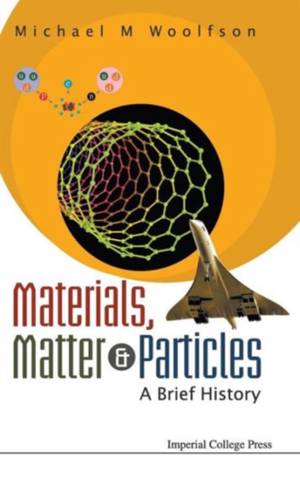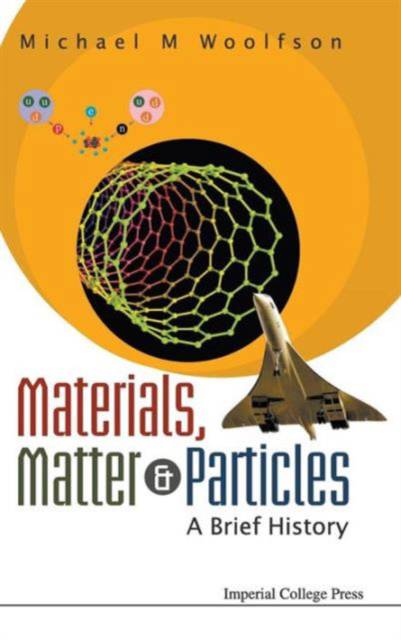
- Afhalen na 1 uur in een winkel met voorraad
- Gratis thuislevering in België vanaf € 30
- Ruim aanbod met 7 miljoen producten
- Afhalen na 1 uur in een winkel met voorraad
- Gratis thuislevering in België vanaf € 30
- Ruim aanbod met 7 miljoen producten
Zoeken
€ 125,45
+ 250 punten
Uitvoering
Omschrijving
This book traces the history of ideas about the nature of matter and also the way that mankind has used material resources that the world offers. Starting with the ideas of ancient civilizations that air, earth, fire and water were the basic ingredients of all matter, it traces the development of the science of chemistry beginning within the ranks of the alchemists. First, the idea of elements grew and then the atomic nature of matter was verified. Physicists had entered the scene, showing the nature of atoms in terms of fundamental particles and then introducing the concept of wave-particle duality that altered the basic concepts of what matter was. Finally the physicists discovered a panoply of fundamental particles, some observed within atom-smashing machines and the existence of others merely postulated.In parallel with the above there is a description of various kinds of matter as it affects everyday life -- including the nature of matter associated with life itself. The way that early man used the materials directly given by nature, such as stone, wood and animal skins, is followed by the use of materials requiring some process to be employed -- e.g. metals which include bronze and also concrete. Some important modern materials are discussed, such as synthetic fibres and plastics and semiconductors, and potentially important future products from new developments in nanotechnology.
Specificaties
Betrokkenen
- Auteur(s):
- Uitgeverij:
Inhoud
- Aantal bladzijden:
- 328
- Taal:
- Engels
Eigenschappen
- Productcode (EAN):
- 9781848164598
- Verschijningsdatum:
- 16/10/2009
- Uitvoering:
- Hardcover
- Formaat:
- Genaaid
- Afmetingen:
- 157 mm x 239 mm
- Gewicht:
- 589 g

Alleen bij Standaard Boekhandel
+ 250 punten op je klantenkaart van Standaard Boekhandel
Beoordelingen
We publiceren alleen reviews die voldoen aan de voorwaarden voor reviews. Bekijk onze voorwaarden voor reviews.











